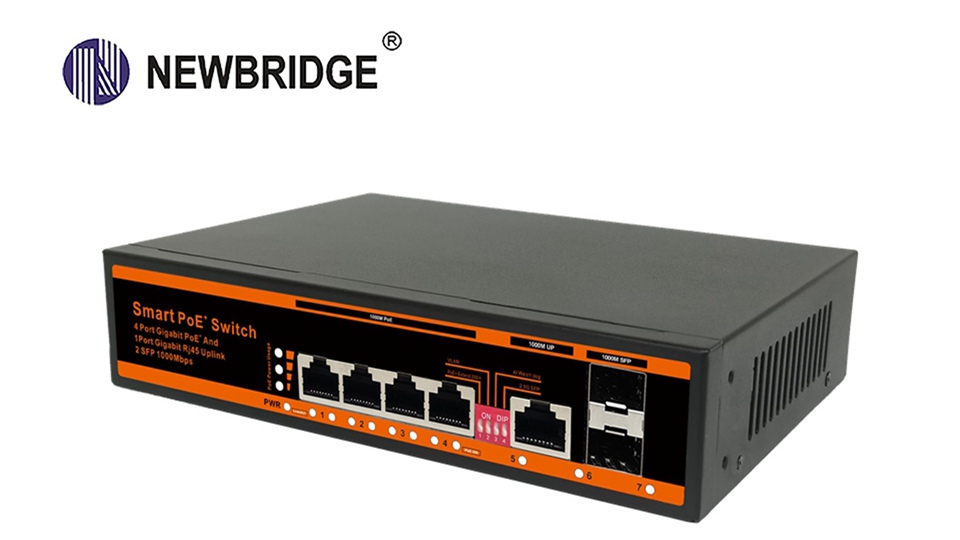POE switches have many significant differences from ordinary switches, mainly in terms of power supply functions, cabling flexibility, cost-effectiveness, equipment compatibility, and management and control. The following is a specific comparative analysis:

1. Power supply function
POE switch: It has power supply capability and can supply power to the devices connected to it with the help of Ethernet cable. This power supply method is POE (Power over Ethernet) technology, which can provide DC power for IP-based terminal equipment such as IP phones, wireless network connection points, APs, and network cameras while transmitting data signals.
Ordinary switches: do not have the function of powering devices and require additional power cords or adapters to provide power.
2. Cabling flexibility
POE switch: The use of POE switches enables remote power supply of equipment, thereby reducing the number of power sockets required for wiring. This greatly improves the flexibility and convenience of wiring, making the deployment and movement of equipment more flexible.
Ordinary switch: The device needs to be connected directly to the power outlet, and the wiring is relatively complicated and lacks flexibility.
3. Cost-effectiveness
POE switch: It can save the cost of power cords and sockets required for wiring, and reduce material and installation costs. In addition, POE technology can also provide intelligent power supply management and dynamically allocate power according to equipment needs, thereby improving energy utilization and reducing operating costs.
Ordinary switches: The cost is relatively high due to the need for additional power cords and sockets. At the same time, the lack of intelligent power supply management functions may also cause energy waste.
4. Equipment compatibility
POE switch: Some devices such as IP cameras, VoIP phones, and wireless access points naturally support POE power supply. These devices can be powered directly using a POE switch without the need for additional power cords or adapters.
Ordinary switches: For devices that require power supply, ordinary switches cannot provide power directly and need to be powered through additional power cords or adapters, which increases the complexity and cost of the equipment.
5. Management and Control
POE switch: Some high-performance POE switches can easily manage the power supply status of each POE port and the entire machine through a personalized operation panel. This provides a more convenient and intelligent management method.
Ordinary switches: mainly focus on data exchange functions, lack intelligent power supply management functions, and have relatively simple and limited management and control.
To sum up, POE switches show advantages in power supply function, cabling flexibility, cost-effectiveness, device compatibility, management and control, etc., and are better than ordinary switches. Therefore, POE switches have undoubtedly become a more convenient and cost-effective solution in situations where both power and data transmission need to be provided for network equipment.
